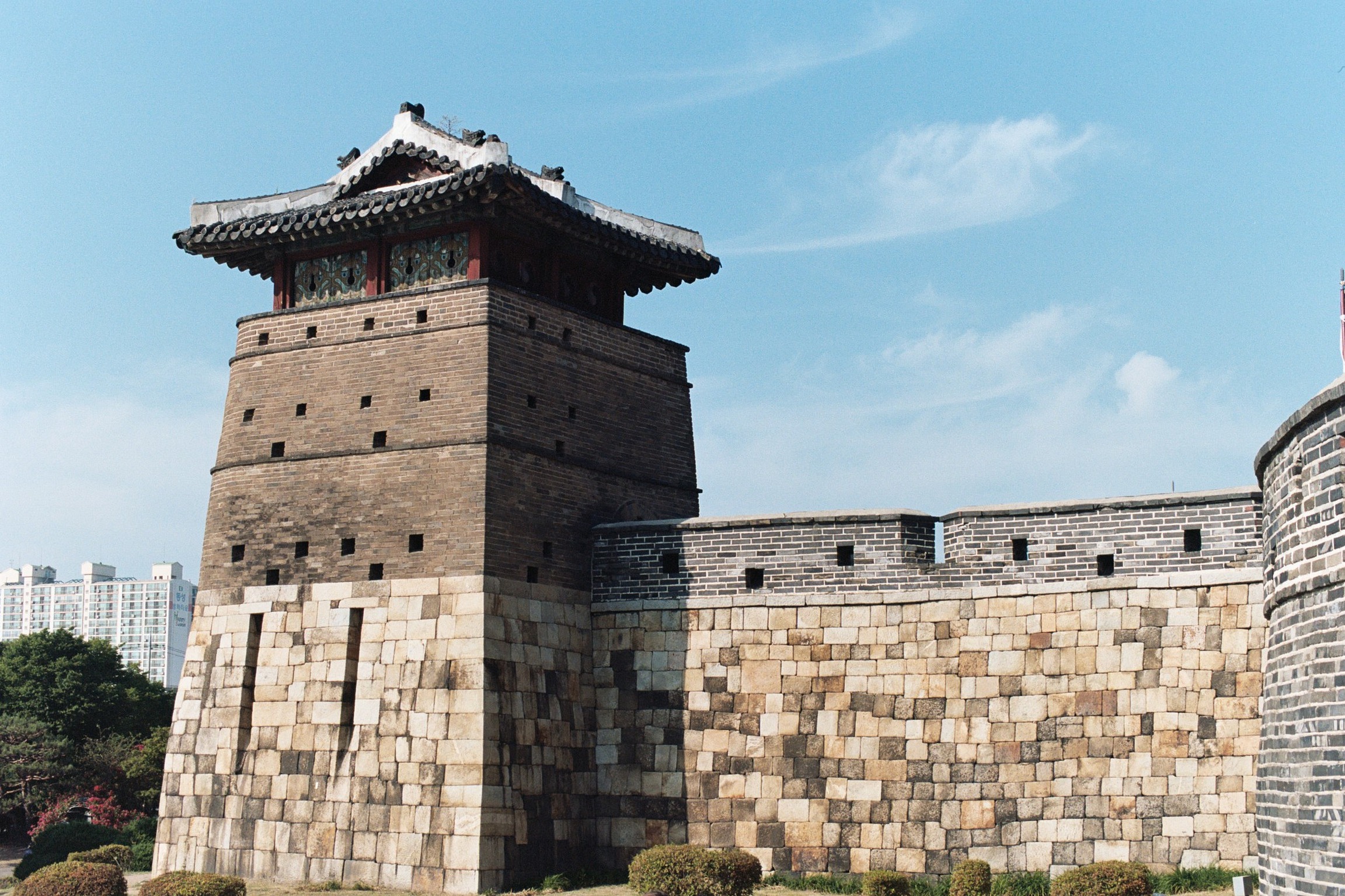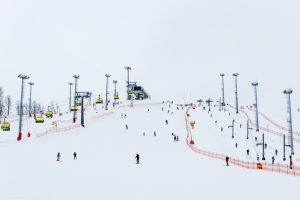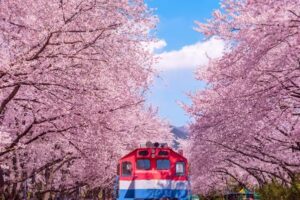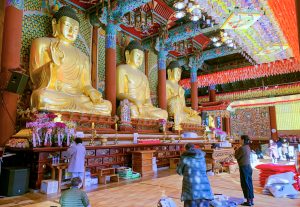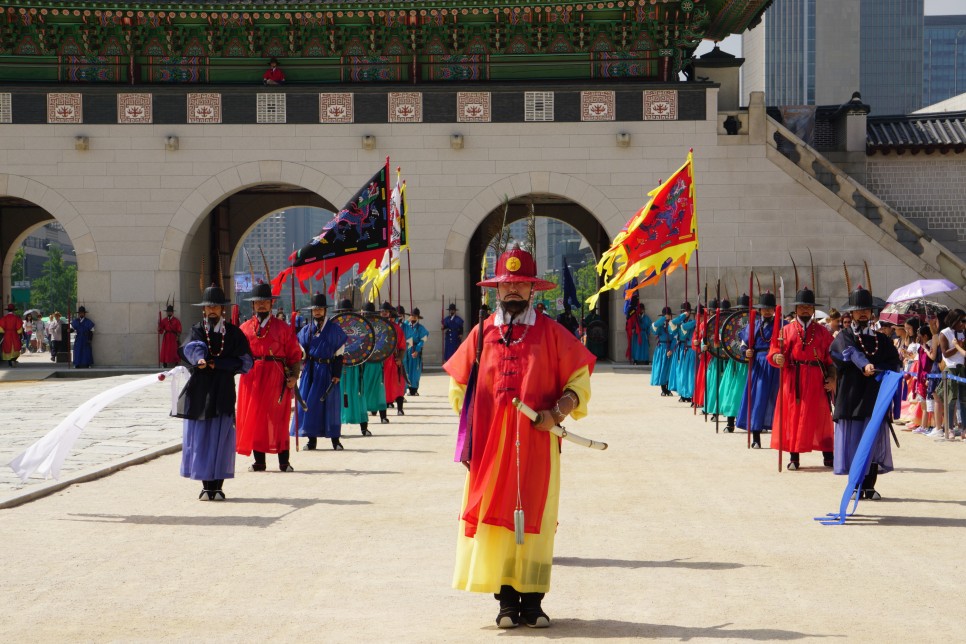
All that comes to mind when one thinks about South Korea and its many attractions might be the glistening modern landscape. Which surely is a marvel matched nowhere else. But beneath such modern extravagances and upbeats lies the rich cultural heritage of Korea painted in vibrant colors. With well-maintained ancient palaces and royal riches that echoes the stories of ancient kingdoms, all the urban centers in Korea have something or the other to offer the visitors.
As one transverses through this Korean odyssey of antiquity and heritage there awaits a million chronicles spanning thousands of years to be explored and cherished. From museums that narrate its modern history to palaces that showcase its royal opulence and onto the soulful sanctity of secluded temples: Here are 10 must-visit historical sites in Korea.
Gyeongbokgung Palace
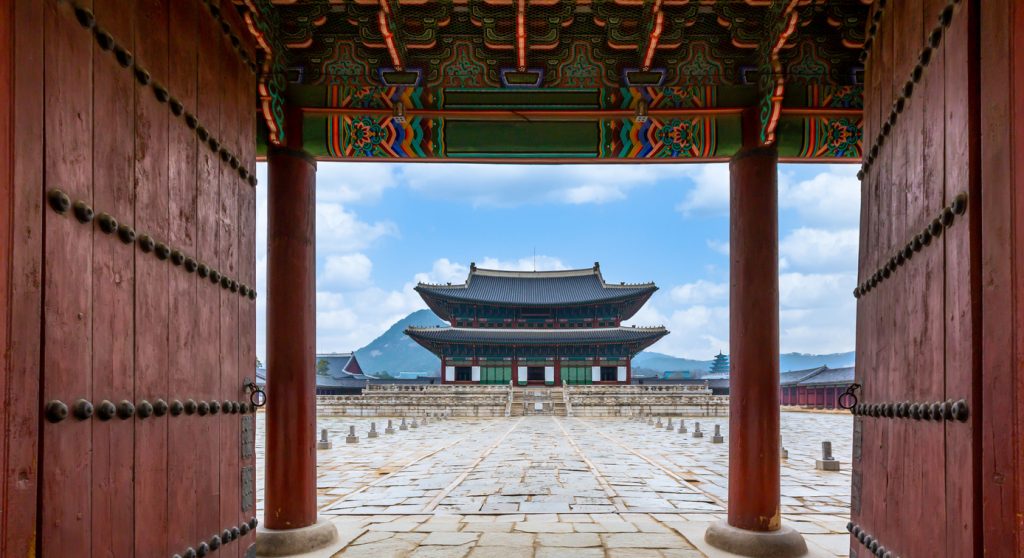
Timeless treasures are never a rare sight in the land of the rising sun. A nation that boasts a thousand years of rich cultural history. So then let us transverse back into an era when the Joseon dynasty was at its peak. An era etched with memories and stories that built up the modern cultural heritage of Korea. Among the many places that were built during the Joseon era, the Gyeongbokgung stands out as the grandest! The palace embodies the fine architectural refinements of the time.
Built in 1395 as the Northern Palace, this majestic monument was once destroyed by a fire during the Imjin War of 1592. The intricate architectural details, the Gyeonghoeru Pavilion, and the Hyangwonjeong Pond are some of the major attractions inside the palace. Within and around the vast palace complex are the National Folk Museum, and the National Palace Museum. This must-visit historical site in Korea is known for its special tradition of changing the guard ceremony.
Sinheungsa Temple
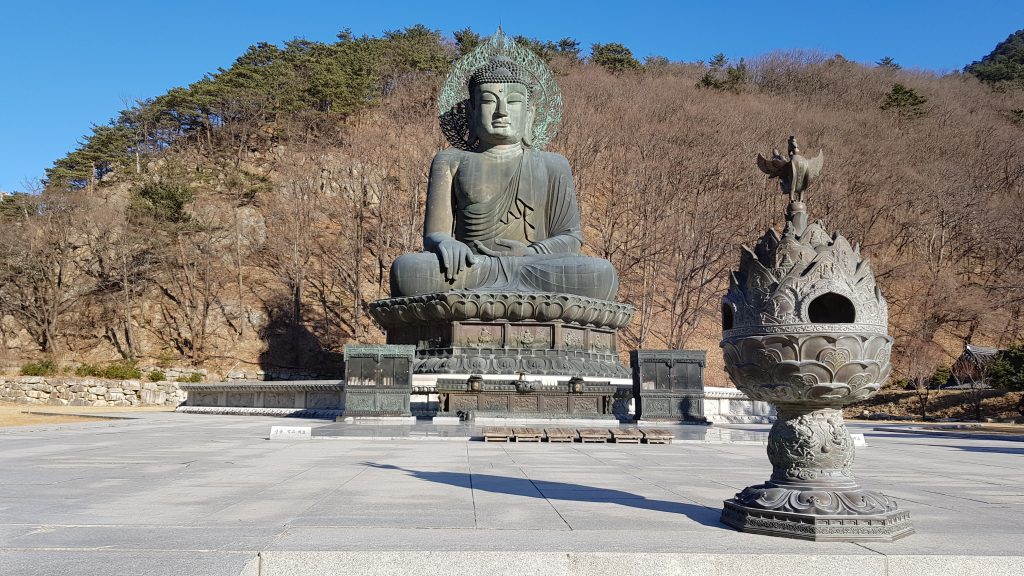
There are many sanctifying temples in Korea that are graced with elegance. Sinheungsa is one such temple where one can elevate themselves into the world of enlightenment. Built in the 7th century, this Zen Buddhist temple hasn’t been a kind patron of time. It was destroyed by fire five times between 699 and 1645. The last restoration was done in 1648. Sinheungsa Temple is one of the must-visit historical sites in Korea to explore the nation’s Buddhist past.
The temple is located amidst the much-famed Seoraksan National Park. A serene natural landscape that is sought after by tourists for hiking. Sinheungsa is the oldest Zen temple in South Korea. Inside the temple complex visitors can see a bronze statue of Buddha. This is one of the most easily accessible must-visit historical sites in Korea.
Hwaseong Fortress
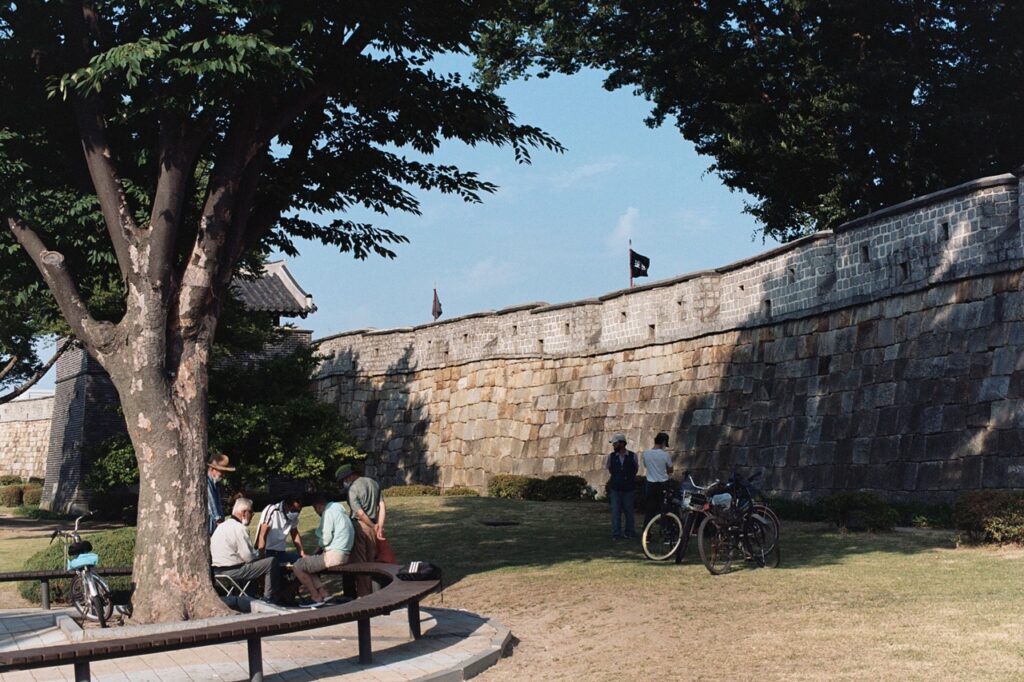
Among the major urban centers of Korea, no better city than Suwon blends the grandeur of antiquity with modernity. Hwaseong Fortress was built in the 18th century to protect the regional government center during the Joseon dynasty. This must-visit historical site in Korea is a designated UNESCO World Cultural Heritage Site. With an extensive 6 km length this is the only remaining walled fortress in the country.
The site is also home to many other alluring attractions such as Hwaseong Haenggung Palace, Janganmun Gate, and Paldalmun Gate. Another fascinating event that takes place here is the Suwon Hwaseong Cultural Festival. The fortress is equipped with bastions, artillery towers, signal towers, secret doors, and many other elements that showcase the military art of the time.
Changdeokgung Palace
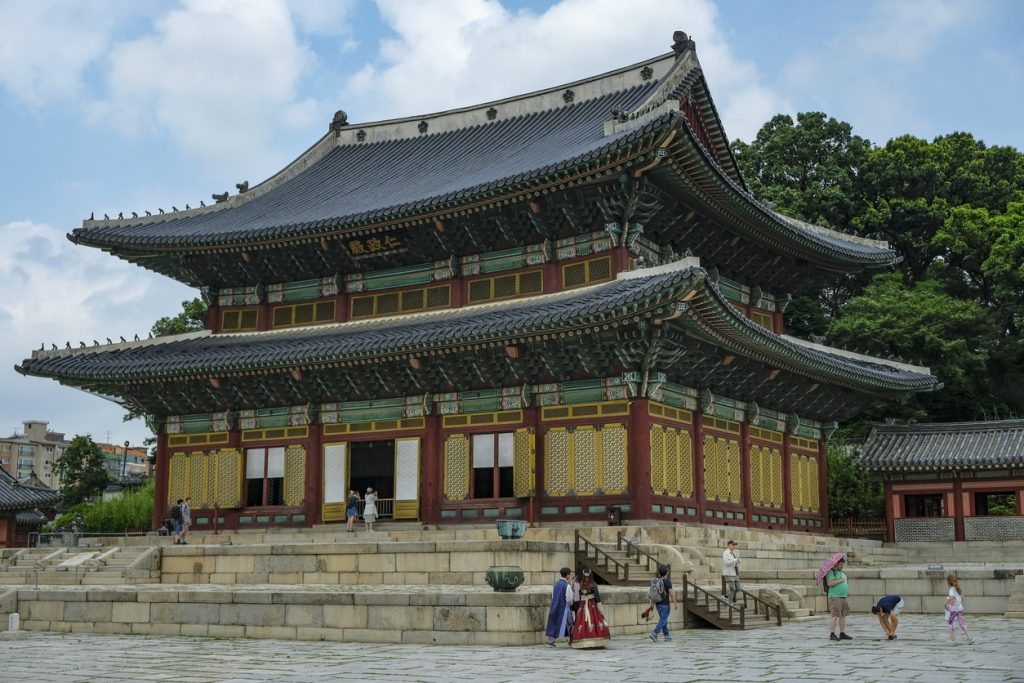
As we have already seen, the Korean nation is no stranger to majestic royal palaces that showcase the grandiosity of its antiquity. Changdeokgung Palace is a Josean-era royal structure built in the 15th century. The palace is set at the foothills of the Baegaksan Mountain in Seoul. With large gates and luxurious halls, this grand architectural marvel is one of the must-visit historical sites in Korea.
Changdeokgung Palace was constructed as a residence for the royal family. This makes the palace unique with many leisurely spots. Inside the palace is a garden course, from where one can see other attractions such as Hamyangmun Gate, Buyongji Pond, and Ongnyucheon Stream Area. The palace is best explored during the spring season with all the cherry blossoms.
Jongmyo shrine
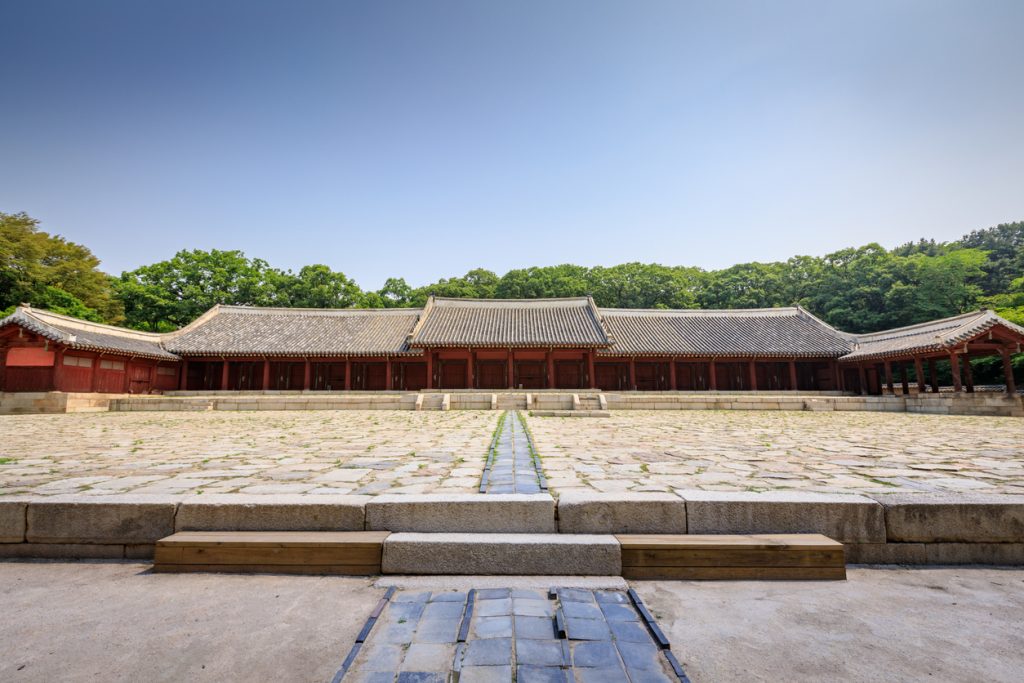
There is always a temple to explore in South Korea no matter how many times one has visited this nation. The cultural heritage left behind by a thousand years of history is etched forever in these ancient monuments. Jongmyo shrine, located at the heart of Seoul, is one of the oldest and grandest Confucius royal shrines in all of Asia. The shrine houses the “spirit tablets” of Joseon kings and queens that convey the legitimacy of the royal family.
There are two shrines inside the temple complex. The main structure, Joeongjeon, was built in 1395 and it is here where the spirit tablets are preserved. And the smaller one known as Yeongnyeongjeon. Every year, on the first Sunday of May, a grand ceremony called Jongmyo Daeje is held in the temple. This special event is performed as a tribute to the deceased royal regents of the Joseon dynasty.
Jeondeungsa Temple
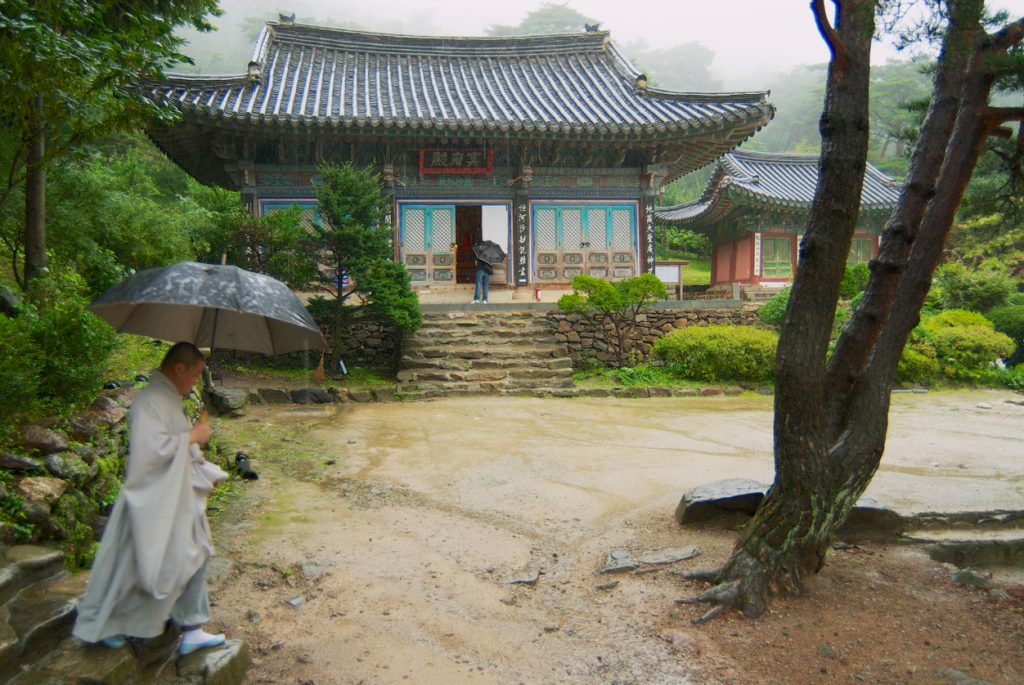
Jeondeungsa Temple has been one the most significant cultural sites since the birth of Korean history. The temple is encircled by the Samnangseong Fortress, which is said to be constructed by the three sons of Dangun, the founder of Korea. The temple is marked by its fascinating architectural work, including the main building Daeungbojeon Hall built in 1621. This is without a doubt one of the must-visit historical sites in Korea to explore the nation’s rich heritage.
Decorated with delicate carvings, it is a fine example of the architecture during the mid-Joseon dynasty. The temple complex includes many majestic attractions such as Yaksajeon Hall (a Treasure), Beomjong Bell (a Treasure), and Yangheonsu Victory Monument (a Tangible Cultural Treasure). Visitors can see the writings of soldiers on the walls and columns of Daeungbojeon Hall.
Jeju Stone Park
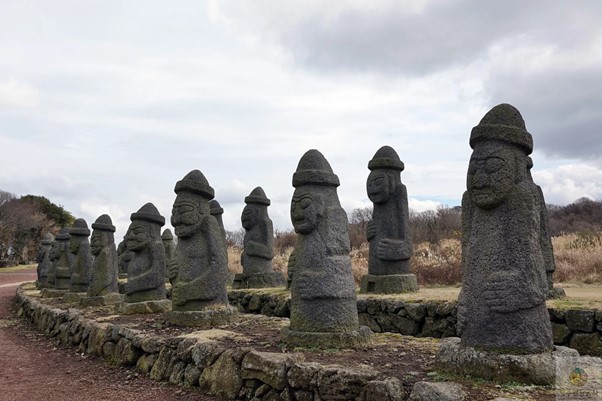
A tranquil kind of freshness instills in the air of Jeju Island. A landscape blessed with a breezy upbeat atmosphere throughout the year. Jeju Stone Park is a must-visit historical site located on Jeju Island. The largest island of South Korea has carved its tales in the history of this nation. The island has its folklore and culture to portray to the outside world. In the historical heritage site of Jeju Stone Park, many magical stories come alive.
The stone park is known for its extraordinary stone carvings and sculptures that exhibit the mythical stories of the island’s legends. There are 48 Dol Hareubang, a kind of stone pagoda or statue, in the park which are believed to have powers for repelling evils and misfortunes. The island is also home to a museum in the name of Jeju Stone Museum which is dedicated to the formation of geological diversity of this region.
Haedong Yonggungsa Temple
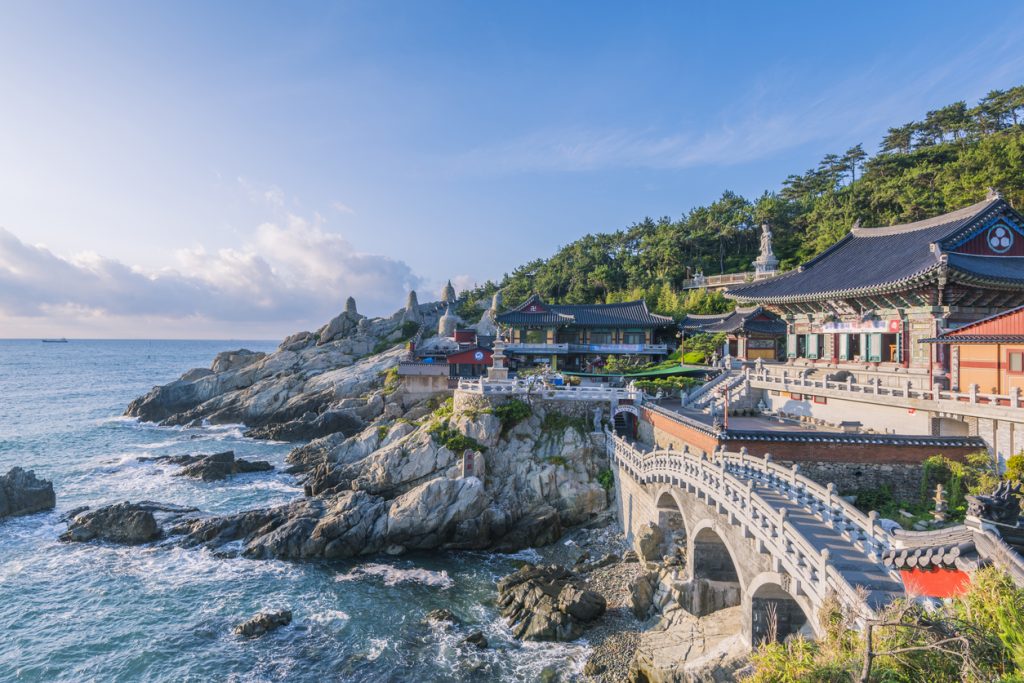
The roots of the present go down deep into the past to a depth far beyond measurement. In the city of Busan, there is a temple that boasts its sanctifying antiquity amidst the modern urban landscape. Haedong Yonggungsa Temple is situated on the northeastern coast of Busan. A must-visit historical site in Korea that offers visitors a rare experience of exploring this temple along the rugged shoreline.
Built in 1376 by the great Buddhist teacher known as Naong during the Goryeo dynasty. Among the superb attractions inside the temple are the Haesu Gwaneum Daebul (Seawater Great Goddess Buddha), Daeungjeon Main Sanctuary, Yongwangdang Shrine, Gulbeop Buddhist Sanctum (enclosed in a cave), and a three-story pagoda with four lions. Visitors can go down the 108 steps towards the sea to view the spectacular scenery of the coastlines.
DMZ or the Korean Demilitarized Zone
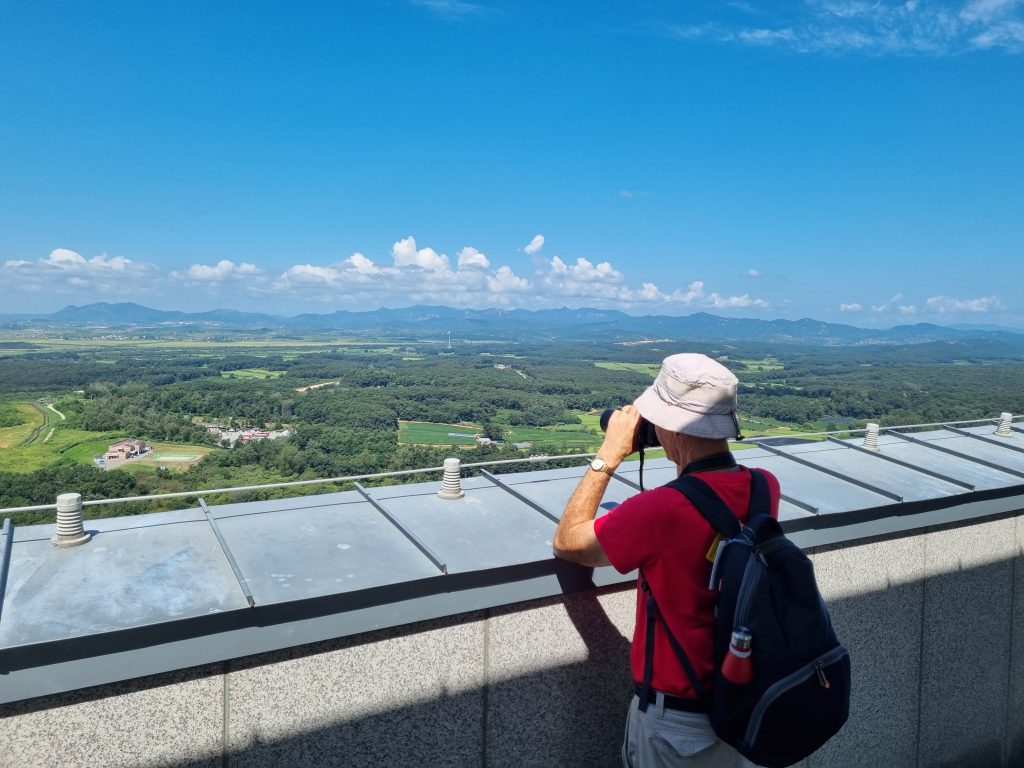
Now that we have covered many attractions of Korea’s ancient past, let us take a glimpse into the modern history of the peninsula. In what was one of the most traumatizing events in the twentieth century the Korean peninsula was divided into two. The Korean War that broke out in the 1950s brought about the creation of the Democratic People’s Republic of Korea(DPRK) and the Republic of Korea(ROK). DMZ, a strip of land running across the peninsula, became a buffer zone between North and South Korea.
DMZ or the Korean Demilitarized Zone was created on July 27, 1953, when the Armistice Agreement was signed during the Korean War. It now serves as the de facto international border between the two states. This is one of the most important and must-visit historical sites in Korea to understand the sensitivity and lives of the people in this land. Other important sections inside the DMZ include the Peace Museum and the Joint Security Area(JSA).

